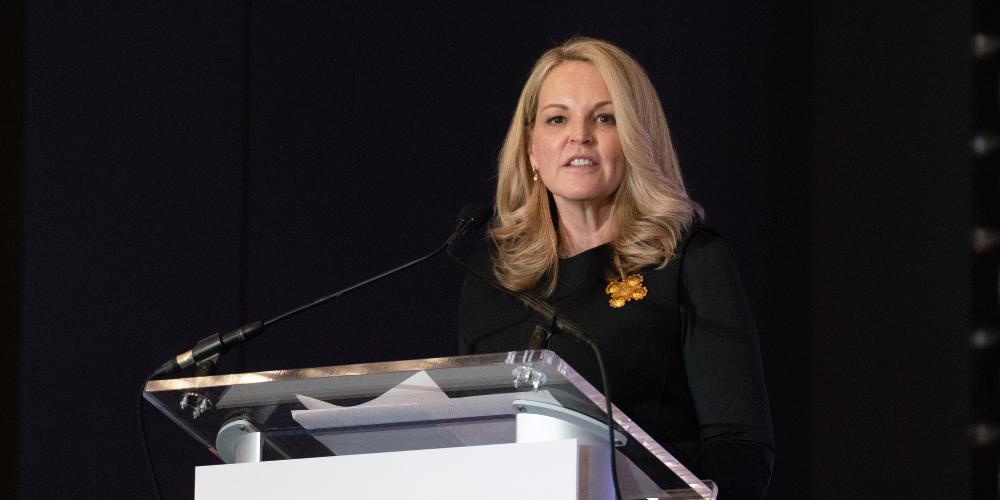
How are site networks changing the face of clinical research?
We're trying to build the next generation of what clinical research delivery is supposed to look like, which is a network designed for scale and built for operational performance and rigor. We’re focused on shifting sites from being more transactional in enrollment points to become durable strategic partners for sponsors. That comes with a more predictable delivery model and a commitment to patient and provider experience. That’s not to say that sites weren’t doing that before, but we want to create enough operational space for them to really put patients at the center.
We’re trying to retain that sponsor-to-site relationship and not introduce middleware, while also giving a level of consistent service to our sponsors and our sites. When a sponsor sends in a contract, that is received by our central business development team, but it is often indicated interest in Sites 1, 2 and 3, for instance. What we’re able to do as a site network is say, “We think that Sites 4, 5 and 6 could also support that trial,” and introduce them to the potential study.
"If a site has a stable operating force and institutional memory, that means that you as the sponsor can expect the same reliability."
What are site networks doing to evolve processes and become more of a partner with sponsors?
The first activity is creating centralized and standardized operating procedures for budgets, contracts, regulatory, quality assurance, etc. The promise of a site network is having a department that operates the same way across a number of sites. The old model would’ve been an investigator, a nurse, someone at the front desk, all having to be Swiss Army knives and do multiple different roles at once. That leads to inconsistencies.
If a site has a stable operating force and institutional memory, that means that you as the sponsor can expect the same reliability: a budget turnaround in X number of hours, with the comments the same as the last time, etc. Ideally that allows the sponsor to spend a little less time with sites and know that the site will deliver, and allows the site to get more consistency from sponsors.
How does greater consistency benefit sites, and as a result, sponsors?
Getting consistency and empathy from the sponsor, and understanding what sites are dealing with, truly matters. For example, while we as a site network are in a better financial position, many sites are 60 days away from not making payroll. Frequently, sponsors pay every 90 days, and not always on time. If they would pay consistently every 30 days, and on time, that would make a huge difference to the vast majority of sites, where the most patients are coming from.
If sites can get that, then they can plan more consistently. That means, from the site perspective of consistent operational delivery, that means ensuring consistent quality, data entry, metrics management, point of contact, etc, it makes it easier for the sponsor to give us the space to do our work. Otherwise, the sponsor wants to intervene because they’re not sure the site has it figured out.
"The thinking behind creating networks is to ensure that they are more sustainable and thus more effective in patient recruitment and patient experience. We’re also trying to keep hold of what makes sites special, which is that we are much closer to the patients."
How are sponsors handling working with site networks instead of individual sites?
It’s evolving and a little bit analogous to how sponsors started working with CROs 15 years ago. Rather than outsourcing on single studies, they were partners and would say to their partners, “We’d like you to do X percentage of our portfolio.” In order to achieve that, the CRO and the sponsor each had to have the right governance in place. However, it’s different in that the CRO mindset is primarily about utilization and revenue recognition, which is where some of the hangups have occurred between sponsors and CROs. I don’t think we’re there yet with site networks, but it is fair to say that there is perhaps some sponsor skepticism about site networks bringing more of a ‘profit before patient’ mindset. I don’t agree with that.
Sites have always been businesses, and as such, need to be viable and sustainable. The thinking behind creating networks is to ensure that they are more sustainable and thus more effective in patient recruitment and patient experience. We’re also trying to keep hold of what makes sites special, which is that we are much closer to the patients.
What would be your advice to sponsors for working with site networks rather than individual sites?
Instead of thinking of sites individually, think of them as delivery platforms, with that standardized governance and process, including contracts, budgets, feasibility assessments, etc. Network efficiencies permit more portfolio outsourcing, and sponsors who can adapt to that model should see not just faster startup and better recruitment velocity, but also sites will have more visibility into what is coming next. To be blunt, sponsors who adapt will outperform those that do not.
"As we do all this work to professionalize, industrialize and standardize sites running clinical trials, we can’t lose the humanity of patient care."
From your experience on both the site and the sponsor/CRO sides, what are some of the misunderstandings between the two?
On the site level, there can be the belief that sponsors and CROs don’t care or think that sites are unimportant. There is the belief that sites don’t have the right to communicate directly to a sponsor if there is a CRO in the middle. There is the belief that if sites react to something in a protocol or give feedback, or tell a sponsor that something is inefficient, they are less likely to be selected for future studies. I know from the sponsor side, that that’s not true and that sponsors care deeply about sites.
On the sponsor level, sponsors don’t always understand how little structural investment sites are able to make, because they spend a disproportionate amount of time with AMCs. For example, I was on a panel last year where a pharma leader asked, “Why don’t sites get their HR departments more involved in culture and retention?” Most sites don’t have the bandwidth for a culture and retention HR group. Also, sponsors don’t understand how much work is caused by them asking a site to use a particular platform or technology. Even if it’s only one new module, by requesting that the site staff be trained on it, that’s one hour that doesn’t go towards the protocol, patient screenings, etc. And a site might be working with multiple sponsors, and thus working with 18 different versions of the same technology.
What is your advice for sponsors and for sites to collaborate better and enhance the patient participant experience?
For sites: the basis upon which sites are selected is not only about patient recruitment. It’s data preparedness, inspection readiness, and having the infrastructure that gives sponsors a level of confidence. It’s risk management. So if a site can de-risk delivery with better forecasting, startup and fewer surprises, so that everything is buttoned up when the sponsor goes in front of a health authority in five years, then the sponsor can relax and have a higher level of confidence.
For sponsors: When we think about patient centricity, it’s often through the lens of technology and process. “We’re going to give you a better wearable,” or “We’re going to make it easy for you to do this at home.” But we need to make sure that we’re making it easy for that person to be in that study and asking, “What is the thing we can do that would most benefit the patient’s experience?” and preserving optionality for a patient participant and giving ways in which it helps those people to participate in a way that they're confident and comfortable.
But as we do all this work to professionalize, industrialize and standardize sites running clinical trials, we can’t lose the humanity of patient care.









